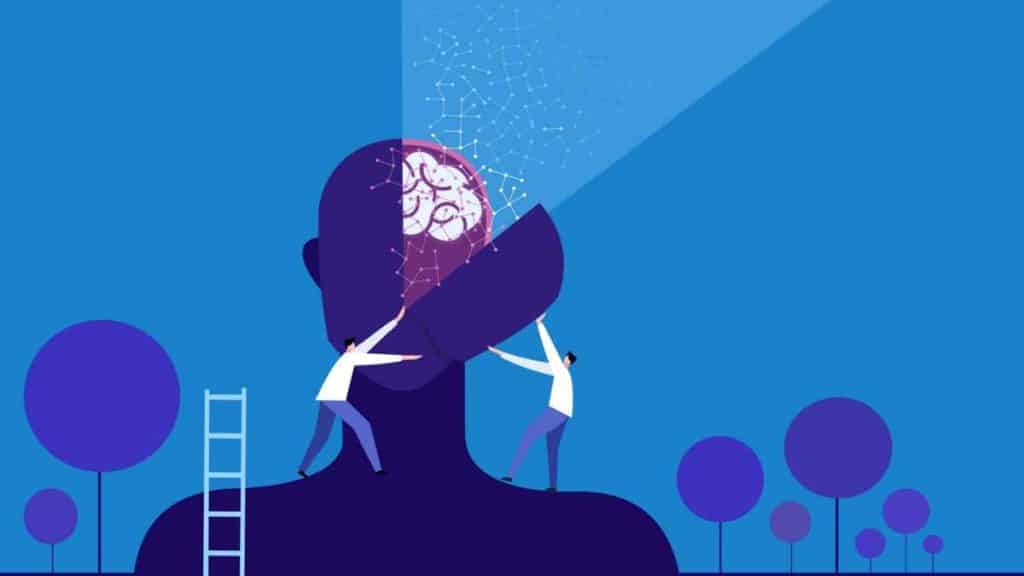Introduction
Neuro-Linguistic Programming (NLP) is a powerful and versatile approach to personal and professional development that has gained popularity over the years. It offers a unique understanding of how our minds work, and it provides practical techniques to enhance communication, overcome challenges, and achieve desired outcomes. NLP explores the relationship between our neurological processes (neuro), language (linguistic), and behavioral patterns (programming). In this blog, we will delve into the fundamentals of Neuro-Linguistic Programming, its origins, core principles, and its applications in various aspects of life.
The Origins of Neuro-Linguistic Programming (NLP)
NLP was co-created in the 1970s by Richard Bandler, a mathematician and Gestalt therapist, and John Grinder, a linguist. They sought to understand the patterns of successful individuals in the fields of therapy and communication, such as Virginia Satir (a family therapist) and Milton H. Erickson (a renowned hypnotherapist). By studying and modeling the strategies and language patterns used by these exceptional individuals, Bandler and Grinder developed the foundational principles of NLP. There are dozens of excellent NLP courses on the market for you to choose from.
Core Principles of NLP
a. The Map is Not the Territory: NLP emphasizes that each individual’s perception of reality (their “map”) is subjective and may not fully reflect objective reality (the “territory”). People experience the world through their unique filters, beliefs, and experiences, shaping how they interpret and respond to events.
b. Rapport Building: Building rapport is crucial in effective communication and understanding others. NLP techniques enable individuals to establish rapport through mirroring body language, tone of voice, and language patterns, creating a deeper connection.
c. Sensory Acuity: NLP emphasizes the importance of paying attention to nonverbal cues and changes in an individual’s physiology to understand their emotional state and inner experiences.
d. Outcome-Oriented: NLP encourages individuals to clarify their desired outcomes and set specific, achievable goals. This outcome-oriented approach guides actions and decisions toward achieving desired results.
e. Modeling Excellence: NLP’s modeling technique involves studying and replicating the strategies and behaviors of highly successful individuals in a specific area. By understanding and adopting their approaches, individuals can achieve similar levels of success.
NLP Techniques and Applications
a. Anchoring: Anchoring is a technique that associates a specific state of mind or emotion with a physical stimulus, such as touch or a word. By using anchors, individuals can access desired emotional states on-demand, empowering them to handle challenging situations more effectively.
b. Reframing: NLP’s reframing technique involves changing the meaning or context of an experience to view it in a more positive or empowering light. Reframing allows individuals to shift their perspectives and find new solutions to problems.
c. Visual, Auditory, and Kinesthetic (VAK) Representational Systems: NLP recognizes that individuals have preferred sensory modalities for processing information—visual (seeing), auditory (hearing), and kinesthetic (feeling). Understanding and using these representational systems in communication can enhance understanding and connection.
d. Swish Pattern: The swish pattern is a technique used to replace an unwanted behavior or response with a desired one. By visualizing the unwanted behavior and rapidly “swishing” it with an image of the desired response, individuals can create lasting positive changes.
e. Six-Step Reframing: This technique is commonly used to address internal conflicts or unwanted behaviors by communicating with different parts of oneself and resolving conflicts constructively.
NLP in Personal Development
NLP can be a powerful tool for personal development and self-improvement. It enables individuals to recognize and change limiting beliefs, enhance self-confidence, and set achievable goals. By applying NLP techniques, individuals can cultivate positive habits, improve communication skills, and effectively manage emotions and stress.
NLP in Communication and Relationships
Effective communication is at the core of successful relationships. NLP provides tools to enhance communication, improve active listening, and build rapport with others. By understanding different communication styles and preferences, individuals can create more harmonious and fulfilling relationships.
NLP in Business and Leadership
NLP has found applications in the business world, particularly in leadership and management. By using NLP techniques, leaders can motivate and inspire their teams, build cohesive work environments, and effectively manage conflicts. NLP also enhances negotiation skills and improves the ability to influence others positively.
Ethical Considerations in NLP
While NLP offers valuable tools for personal growth and communication, it is essential to use these techniques ethically and responsibly. Practitioners should respect the autonomy and well-being of others and refrain from using NLP manipulatively.
Conclusion
Neuro-Linguistic Programming (NLP) offers a rich understanding of human behavior, communication, and personal development. Rooted in the study of successful individuals and their strategies, NLP provides a framework to model excellence and achieve desired outcomes. By applying NLP techniques, individuals can enhance their communication skills, improve relationships, and foster personal growth. As with any powerful tool, it is crucial to use NLP techniques ethically and responsibly to create positive and lasting change in oneself and others. With a deep understanding of the core principles and practical applications of NLP, individuals can embark on a transformative journey of self-discovery and personal empowerment. This can all be learned by enrolling in a credible coach training college that specializes in coaching.


